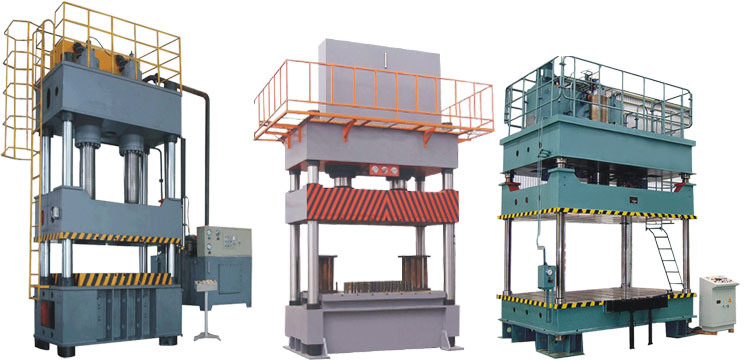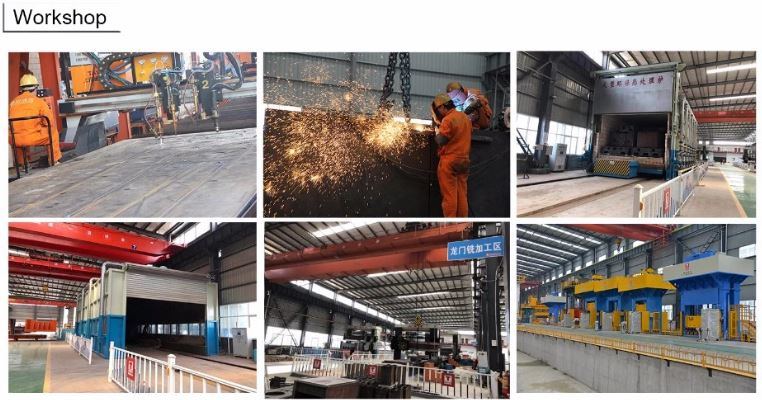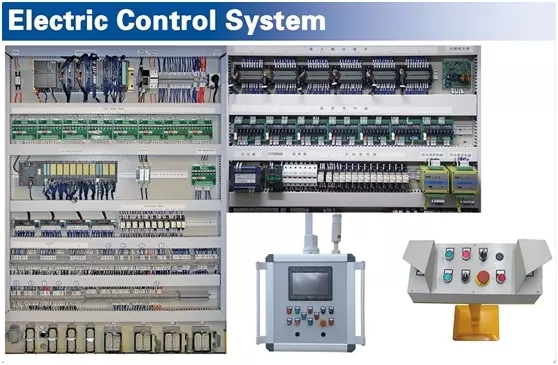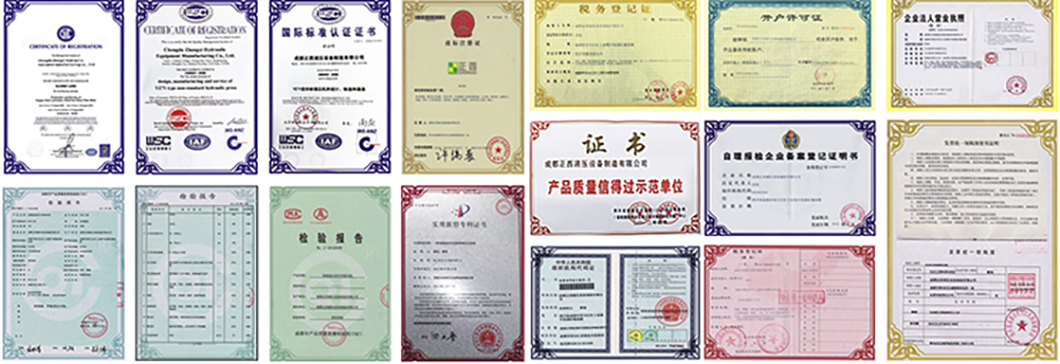
Creating a stainless steel product from scratch involves a complex process that combines engineering, technology, and precision. Although millions of people use stainless steel products daily, few understand the detailed steps involved in their production. The manufacturing process of stainless steel is fascinating and showcases how far material science has advanced since the Industrial Revolution. Here are the six most important stages in the production of a stainless steel product:
1) Material Handling
Uncoiler – This machine is used at the start of the production line to hold and unwind the steel strip safely. It controls the speed and direction of the metal as it moves through the process for further processing such as slitting or entering a tube mill.
2) Forming
Deep Drawing Press – In this stage, semi-finished steel shapes undergo forming operations. For example, stainless steel is hot rolled, heated, and passed through large rolls. Blooms and billets are transformed into bars and wires, while slabs become plates, strips, or sheets. Bars are the most versatile form of stainless steel due to their availability in various grades and sizes, suitable for different applications like round, square, octagonal, or hexagonal shapes.
3) Heat Treatment
Annealing Furnaces – During heat treatment, stainless steel is subjected to controlled heating and cooling. This process relieves internal stress and improves material properties, making it more suitable for diverse applications. Precise control over temperature, pressure, and cooling rate is essential to avoid defects.
4) Descaling
Pickling – After annealing, scale forms on the surface of the stainless steel. This scale is removed using processes like pickling, which is one of the most common methods for descaling.
5) Cutting and Punching
The semi-finished, heat-treated, and descaled stainless steel is cut into specific shapes using mechanical cutting tools such as guillotine knives, blanking, nibbling, and high-speed blades. This step also includes creating tap holes and overflow points.
6) Finishing and Polishing
Polishing Machine – This final step enhances the aesthetic appeal of the stainless steel product. Finishes make the surface smooth and easier to clean, meeting hygiene standards in many industries.
Hydraulic Press 4 Column Hydraulic Sheet Metal Deep Drawing
Features
1. A hydraulic machine that uses hydrostatic pressure to process materials such as metal, plastic, rubber, wood, and powder.
2. Commonly used in pressing, stamping, cold extrusion, straightening, bending, flanging, sheet metal deep drawing, powder metallurgy, and press-fit operations.
3. Offers significant technical and economic benefits by reducing weight, part count, mold usage, improving stiffness and strength, and lowering production costs.
SPECS of Yz33
| Model | Unit | Yz33-25T | Yz33-50T | Yz33-63T | Yz33-100T | Yz33-160T | Yz33-250T | |
| Clamping Force | KN | 250 | 500 | 630 | 1000 | 1600 | 2500 | |
| Working Layer | Qty | 2~4 | 2~4 | 2~4 | 2~4 | 2~4 | 2~4 | |
| Piston Stroke | mm | 180 | 250 | 250 | 250/250 | 250/250 | 500 | |
| Heating Platen Daylight | mm | 90 | 125 | 125 | 125 | 125 | 125 | |
| Heating Platen Size | Left-right | mm | 350 | 400 | 500 | 600 | 750 | 900 |
| Front-back | mm | 350 | 400 | 500 | 600 | 850 | 900 | |
| Heating Plate Power | KW | 1.5 | 2.2 | 3 | 7.5 | 11 | 15 | |
| Motor Power | KW | 7.2 | 9 | 10.8 | 33.75 | 45 | 45 | |




Â
Certificate
Single Or Multiple Rotor Air Classifier
â—† Fine chemicals, ceramics, abrasions and refractorials] Typical materials are: garnet silicon carbide, corundum, cerium oxide, alumina, boron carbide, tungsten carbide, emery, etc.
â—† Food, medicine and health care products] Typical materials are: pollen, hawthorn, pearl powder, stomach medicine, nimodipine, antibiotics, contrast drugs, Ganoderma lucidum, Gallnut, multiflorum multiflorum, etc. :
â—† Magnetic powder, mobile phone electromagnetic powder, photocopying toner and electronic materials Typical materials are: lead battery, nickel-chromium battery, nickel-manganese battery, ferrite, manganese tetroxide, manganese dioxide, lithium cobalt, lithium manganate, carbon, etc.
â—† Non-metallic ore and powder metallurgy] Typical materials are: quartz, barite, kaolinite, high calcium, talc, mica, graphite, wollastonite, etc.
â—† Reflective materials, pigments, dyes and powder coatings] Typical materials are: iron oxide, titanium dioxide, glass beads, etc. :
â—† Pesticide, feed and biological materials
Air Classifier,single rotor air classifier,double rotor air classifier fine chemicals,ceramics,Abrasions air classifier
Shandong Jing Xin Powder Equipment Technology Co., Ltd. , https://www.jxpowder.com
![<?echo $_SERVER['SERVER_NAME'];?>](/template/twentyseventeen/skin/images/header.jpg)